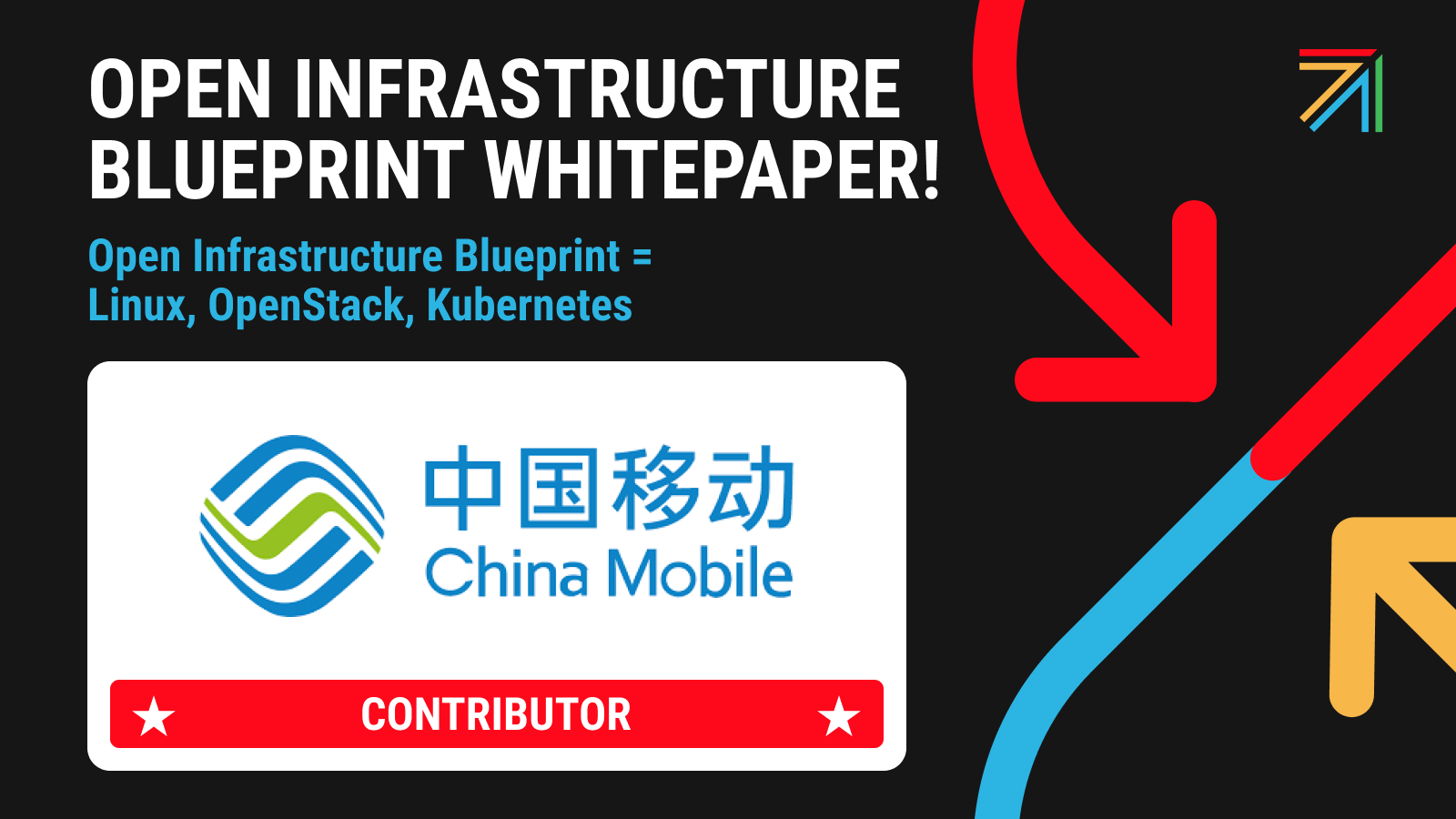China has made massive investments with OpenStack in the last few years, including large-scale, ambitious projects from users such as China UnionPay, China Railway, State Grid Corp. and more.
To gain insight into the future of open source in China, Superuser sat down with Fei Ma, senior engineer in China Academy of Information and Communication Technology (CAICT), a scientific research institute
How does your research involve OpenStack?
One of the research departments is dedicated to open source. We do research about open-source policies in China and the development of open-source technologies in the Chinese market. Many of these research reports are posted on our website and on various social media accounts to educate the public about open source and cloud-computing systems.
How are open source technologies viewed and used in China?
Based on our research, the acceptance of open-source technology is at a relatively high level in China. According to 2017 surveys that we conducted on open source in cloud computing, for Chinese businesses with private clouds, about 85.3 percent of them have used some form of open-source technology. Technical maturity and sustainability are priorities for businesses that choose open source. Security considerations are the biggest concern for those who do not use open source.
What does your research tell us about OpenStack adoption in China?
Chinese firms are very enthusiastic about OpenStack. In 2017, the 41.4 percent of Chinese businesses that have private clouds have already used OpenStack in production. From 2016 to 2017, the percentage of Chinese businesses that use OpenStack in the testing environment increased by 8.4 percent. This is fast growth. We’re expecting similar growth for 2018. In terms of the choices for OpenStack solutions, Chinese businesses are more willing to choose a commercial version of an OpenStack solution. About 48.2 percent of Chinese enterprises with private clouds have purchased commercial software. In terms of OpenStack releases, most companies are using Liberty. The most widely adopted OpenStack projects are Nova, Keystone and Horizon. For the potential improvement of OpenStack in the future, 45.2 percent of Chinese firms think that the management of multi-cloud needs to be solved urgently and many also want to have automation tools.
What about containers?
Container technology has been widely accepted and container adoption is growing. The percentage of Chinese enterprises that use container technologies has increased 6.8 percent from 2016 to 2017. There’s also been a fast growth of Chinese enterprises using container technologies in test environments as well. Why are more Chinese companies choosing container technology? Fast deployment and rapid elastic expansion are the biggest drivers. In terms of container engine technology, Docker continues to lead way and LXC is growing fast.
How does your team add to the knowledge of the larger community?
All of the research that we do is public and our reports are free to access on our website. It takes time to do the research and organize the results, but we want to educate the public about the open-source technology and it’s a great way for us to build our brand image as well. Of course we could choose to charge people to access our reports, but we don’t want to do that.
We have done a lot of research and surveys and the participants who didn’t know about OpenStack and open source got to know more by reading through the questions that we asked. It’s a great opportunity for them to educate themselves on open-source technology in general. As potential OpenStack users, they might not know what OpenStack is — probably all they care about is what solutions are available on the market. We need to educate our users. Let the users know that OpenStack and open source is an option and choose to use them. One of our roles is to educate the users by publishing our research results. All of our research will also be presented at the OSCAR open source and cloud computing industry summit, the next one will be held in Beijing in March 2022.
What does open source mean to you?
The definition of open source might be very different for users and partners. We have a very neutral opinion about open source. As a research institute, we do research on open source instead of profiting from it. Open source is a very good way to make cloud computing systems more accessible to people. Instead of buying a product, people can develop their own platforms using the knowledge of the open source.
Fei Ma recently spoke with Xiaodong Pan about the current landscape of OpenStack in China at the Summit Vancouver. Catch the whole 20-minute session below:

)










